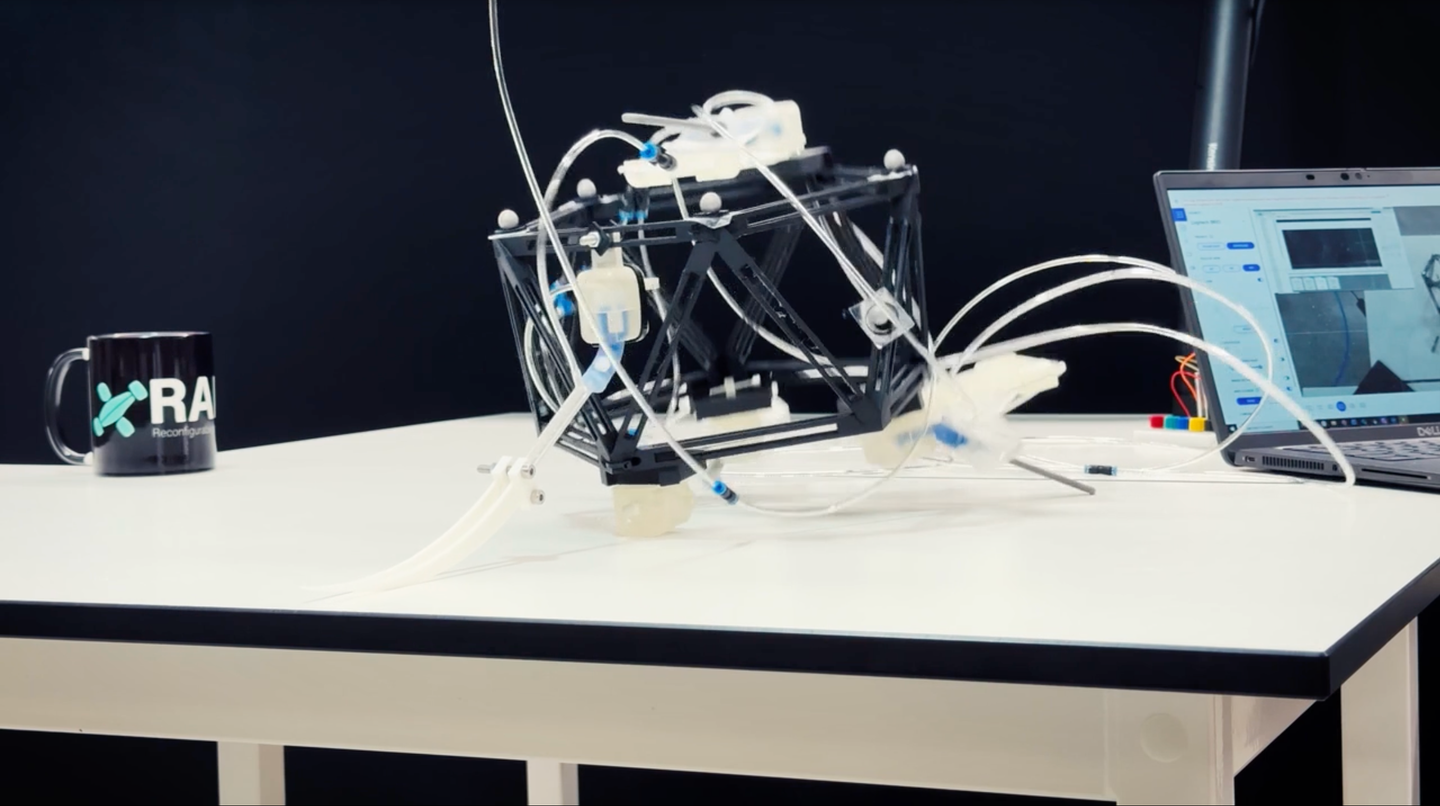Can the shape of your dog’s head affect how well they sleep?
Flat-faced dog breeds, including French Bulldogs, English Bulldogs, and pugs, have captured the hearts of dog lovers worldwide

[Dec. 14, 2023: JJ Shavit, The Brighter Side of News]
Flat-faced dog breeds, including French Bulldogs, English Bulldogs, and pugs, have captured the hearts of dog lovers worldwide. (CREDIT: Creative Commons)
Flat-faced dog breeds, including French Bulldogs, English Bulldogs, and pugs, have captured the hearts of dog lovers worldwide with their adorable and distinctive appearance. However, a recent study conducted by Hungarian researchers sheds light on the hidden health costs associated with these breeds. While their charmingly flat faces may be endearing to many, they often endure a life marked by breathing difficulties, sleep problems, and a tragically shortened lifespan.
In the United States and Hungary, French Bulldogs currently reign supreme as one of the most popular dog breeds. Yet, their skyrocketing popularity comes at a significant price in terms of their well-being.
These breeds exhibit shortened skulls, which are linked to detrimental brain morphology changes, respiratory distress, and sleep-related issues. Hungarian scientists have delved into the world of flat-faced dogs, revealing a surprising connection between their distinct skull shapes and their sleep patterns, raising questions about the impact of this phenomenon on their neural functioning.
Flat-faced dogs, commonly referred to as brachycephalic dogs, face a litany of health challenges throughout their lives, including musculoskeletal problems, eye issues, and severe respiratory disorders. On average, they live three to four years less than their counterparts with longer noses, and many do not even reach adulthood.
Related Stories
While the abnormal shortening of their skulls has been associated with distorted brain structures, the precise effects on neural function remain a subject of ongoing research.
The Hungarian researchers embarked on a comprehensive study involving 92 family dogs, employing electroencephalography (EEG) to monitor their sleep patterns. "In the sleep lab, dogs spend about three hours with their owners. As nothing exciting happens, the dogs fall asleep quickly.
Meanwhile, we conduct the electrical potential generated by the brain activity with electrodes glued to their scalps," explains Anna Kis, a leading researcher at the HUN-REN Institute of Cognitive Neuroscience and Psychology.
Their primary goal was to investigate whether flat-faced dogs exhibited distinct sleep patterns compared to other breeds. These dogs are known to suffer from oxygen deprivation due to their respiratory issues, potentially leading to poor sleep quality. The initial findings indicated that flat-faced dogs indeed slept more during the three-hour observation period, potentially as a means of compensating for inadequate nighttime sleep.
However, the EEG data yielded more intriguing revelations. Zsófia Bognár, a dedicated PhD student specializing in brachycephalic dogs, elaborates, "When we studied the EEG patterns, we got more exciting results than that."
One of the central aspects of cognitive function during sleep is the Rapid Eye Movement (REM) phase, often referred to as paradoxical sleep due to its high-frequency brain activity similar to wakefulness, accompanied by muscle atonia. Previous research has linked the amplitude of beta and delta brain waves during REM sleep to learning success in dogs and intelligence in humans.
Calculation of the cephalic index (CI). CI is the ratio of the maximum width of the head (A) multiplied by 100, then divided by the head’s maximum length (B). CI is higher for brachycephalic dogs (common threshold value > 60). (CREDIT: Springer Link)
"In the present study, we found that brachycephalic dogs had decreased beta waves and increased delta waves compared to dogs with longer noses. Additionally, the frequency of sleep spindles increased. This pattern has previously been associated with poorer learning in dogs and loss of white matter in humans," explains Ivaylo Iotchev, the first author of the study, which was published in the journal Brain Structure and Function.
These findings raise important questions about the implications of brachycephalic skull shapes on cognitive function during sleep. One intriguing possibility is that flat-faced dogs retain a sleep pattern reminiscent of puppyhood, similar to human newborns, who spend more time in REM sleep. This pattern is widely assumed to be linked to their infant-like traits, characterized by large heads, big eyes, high foreheads, and small noses—features that humans find irresistibly attractive and that trigger caregiving instincts.
Electrode placement Fz and Cz (active electrodes, in red) and Ref (reference, in purple) in dolichocephalic dogs (A) and brachycephalic dogs (B). Possible implications for our measurements are elaborated on in the Discussion. (CREDIT: Dr. Kálmán Czeibert)
Enikő Kubinyi, a professor and head of the MTA-ELTE Lendület “Momentum” Companion Animal Research Group and ELTE NAP Canine Brain Research Group, comments on this hypothesis, "It is possible that the selection of dogs to be infant-like in appearance has also infantilized their brain function." However, she acknowledges that this remains a bold assumption for now. What is more certain is that breeding for brachycephalic heads leads to potentially harmful changes in brain function, as evidenced by the EEG data.
As the debate surrounding the ethics of breeding flat-faced dogs continues, it is essential to consider the health implications associated with these breeds. While their endearing features may attract dog enthusiasts, the well-being of these animals should remain a paramount concern. The Hungarian research sheds light on the undeniable link between brachycephalic skull shapes, sleep patterns, and potential cognitive consequences.
Polysomnographs of sleep stages in a dolichocephalic, low CI dog (A) and a brachycephalic, high CI dog (B). Channel order and color-coding: EEG trace (Fz exemplifies both active channels) - dark blue, eye-movements - dark turquoise, muscle tone - magenta, respiration - blue, heartbeat - red. (CREDIT: Springer Link)
Breeding practices that prioritize extreme flat-faced features may unwittingly perpetuate a cycle of health issues for these dogs. It is crucial for prospective dog owners to be aware of the challenges faced by flat-faced breeds and carefully consider the ethical implications of supporting such breeding practices.
As we continue to admire and adore these charming canines, it is our responsibility to advocate for their well-being and promote ethical breeding practices that prioritize their health and longevity above all else.
For more science and technology news stories check out our New Discoveries section at The Brighter Side of News.
Note: Materials provided above by The Brighter Side of News. Content may be edited for style and length.
Like these kind of feel good stories? Get the Brighter Side of News' newsletter.



